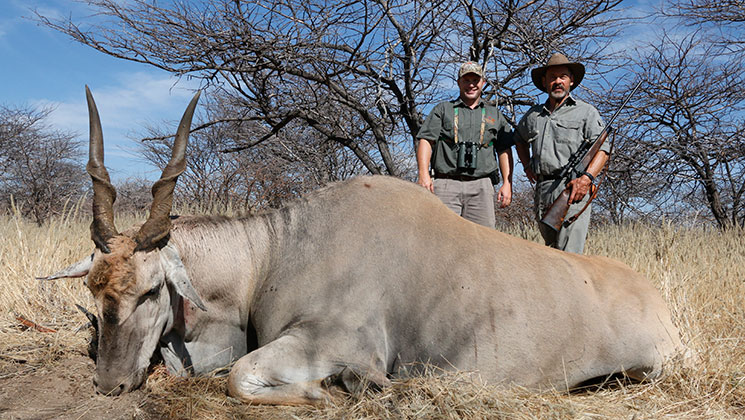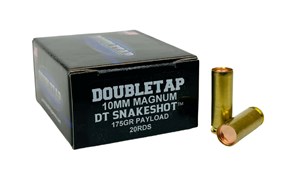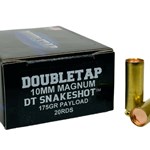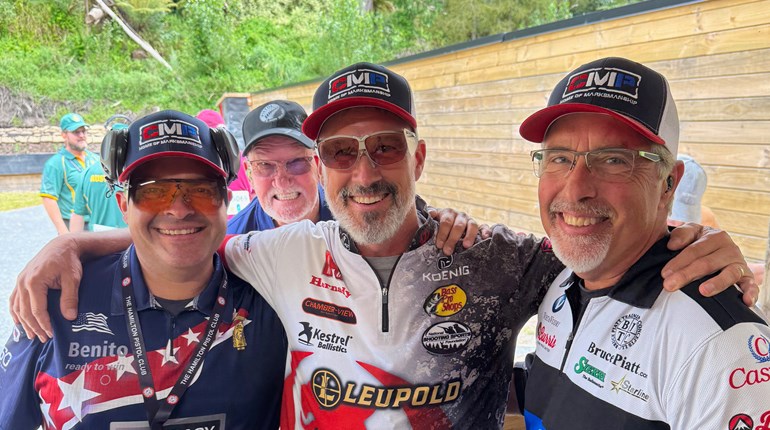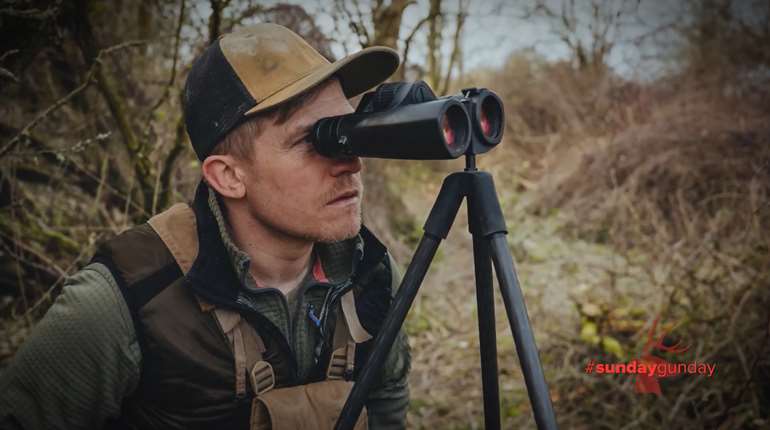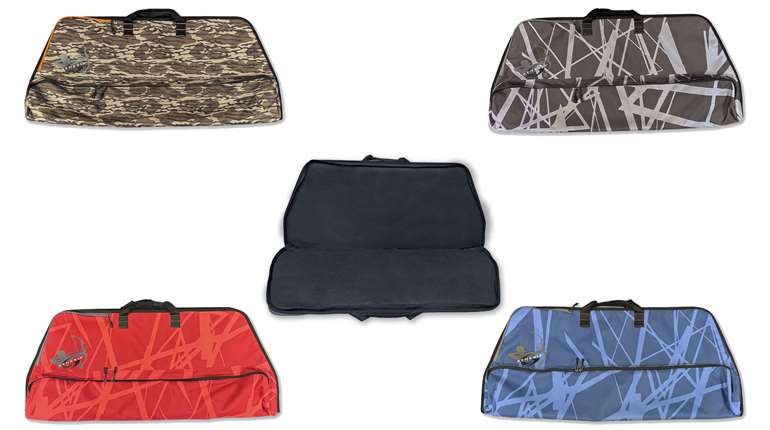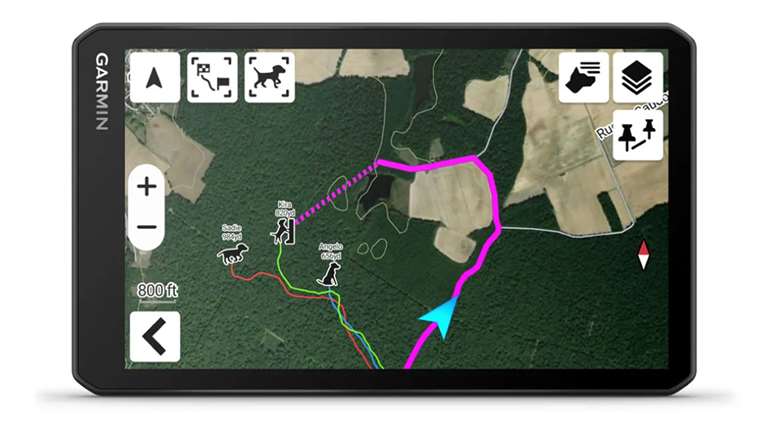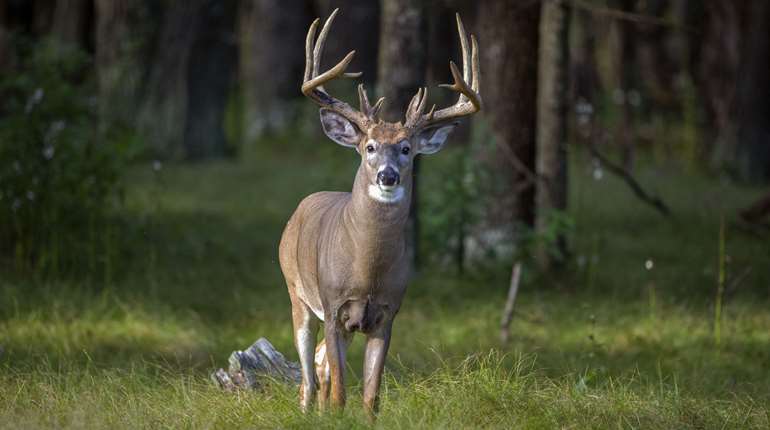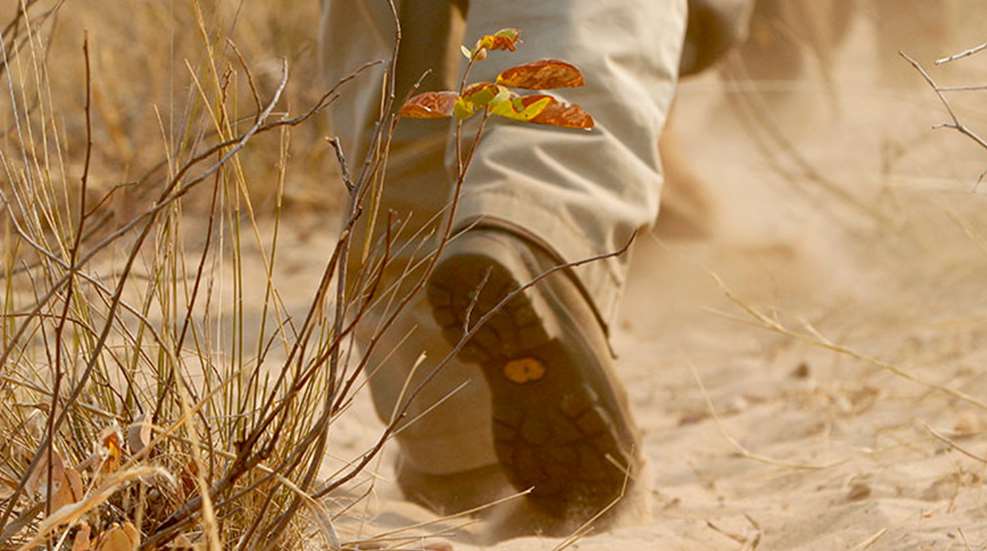
He strides quickly, purposefully through waist-high grass, yellow and dead from months of drought. The ground beneath is hard and dusty. An hour earlier his hunter threw a 300-grain Norma Oryx bonded bullet fast and hard but just under the brisket of a massive bull eland 300 yards away.
“No, no worries. He was not hit. But we’ll find him,” the White Bushman said after studying the tracks where the bull and his companion had leaped to run.
“No blood?” I asked. The sight picture had looked good, the Leupold reticle X-ing the sticking point low behind the massive gray shoulder. But we’d zeroed the .375 H&H Mag. just an inch high at 100 yards, 2 inches lower than my usual zero, severely compromising the projectile’s maximum point blank range. Once the big antelope had stepped clear, mathematical calculation fluttered away, victim to 30 years of muscle memory.
“No. You missed low. I thought you might have hit low, but there is no blood here. We will follow to see if any shows. But I don’t think so.”
The hoof prints were easy to see at first, dug deep where the bull and his companion had propelled their massive, ox-like bodies away from the crash of the gun and bullet. But soon the 1,800-pound antelope slowed. Eland can walk for miles, but at running speed in the heat their bulk tires them quickly. I know this because Werner von Seydlitz told me. He is the White Bushman.
“Yah!” he laughs when I say it and dismisses me with a wave of his meaty hand. “But you should have seen Ammon, the man who trained me. Ach, there was a real Bushman. I was lucky to have studied under him. He could track a bird across the sky.”
When we started on the spooked elands’ trail, I hoped we might quickly come up with them. Over the years I have learned that game, surprised by a missed shot not associated with the sight, sound or scent of a human, usually calms quickly, often stopping after a short run. I thought our quarry might be foraging just ahead, meandering from morsel to morsel. We were walking into a light breeze. We could catch them.
But after a bit of meandering of our own to sort the tracks from others in the dust, Werner begins walking purposefully, striding instead of sneaking,
covering ground instead of cautiously scanning ahead. Given his pace, I assume he is making for a distant kopje. A forktailed drongo flutters from limb to limb ahead of us as if leading the way.
“You planning to climb and glass for them?” I ask when Werner stops and kneels, examining the ground.
“No. I am checking this leopard track. But it is old. At least a day.”
“Leopard track? Where?”
“Here, just where the eland stepped over it. If we see it you must shoot it.”
“We aren’t going to walk up on a leopard in broad daylight?”
“Probably not. But it happens. Last year we got one just there, along that cattle fence. We were about to cross when it came out of the trees and began walking right toward us. The client shot it. It was a big male, too.”
We climb the fence then and resume our brisk walk, paralleling the rocky hill instead of climbing it. A pair of sand grouse flutter from the grass. The White Bushman isn’t just hiking. He is tracking.
■■■
Short, lightly framed and brown-skinned, San Bushmen were the original hunters of southern Africa. Their famous petroglyphs depicting animals, tracks and spear-throwing hunters have been dated back as far as 70,000 years. Their lives depended on their abilities to track game pricked by poisoned arrows. Werner trained under one of them.
Werner is a fourth-generation African. His ancestors immigrated to
Africa’s southwest desert mountains, today’s Namibian Hochland, from Germany in 1906. They battled to tame the wilds, to push back the thorns, clear the land of lions, leopards, disease-carrying buffalo and other large ungulates that ate the grass they wanted for their livestock.
Young Werner wanted it for wildlife. “Yah, I just loved to hunt,” he said. “As a little boy with a toy gun I prowled the pastures and thickets. I loved the stories of African hunting adventure. I was crazy to find the wild animals.”
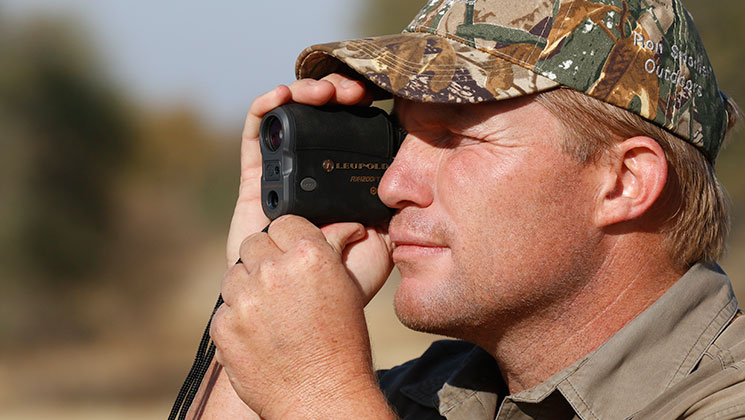
Werner was lucky. About the time he was born his father, Freddy, and like-minded Namibian farmers, pressed the government to allow sport hunting for nonresidents. Freddy von Seydlitz and others started protecting the few native game animals still clinging to existence in their country. Soon they began capturing, breeding, nurturing and reintroducing them. European and
American hunters came. The money was good and especially welcomed when drought reduced cattle herds. Oryx, wildebeest, kudu, hartebeest, warthog and even leopard suddenly had value, often more value than domestic livestock. And there I was, trying to shoot them.
“Native animals are better adapted to this country,” Freddy explained one evening during dinner at the family farm. “They are better at surviving everything here. The larger antelope like kudu, oryx and eland can reach the higher branches to eat the courser browse. The giraffe can reach higher yet, and the wildebeests can graze the roughest grasses. The smallest antelope, the duiker and steenbok and dik-dik, can survive almost on the leftovers, the fallen leaves and seeds, the little pieces hidden in thickets and rocks.”
Rocky outcroppings and distant mountains represent the central spine of Namibia, the highlands where elevation and slightly cooler temperatures wring a few more drops from rare winter rains and moderate evaporative loss. Springs, locally called fonteins, seep from some of the larger mountains. Most water, however, is provided by windmills that pump it from bore holes. These enable wildlife to survive even in times of drought, although greater numbers of them then must be culled to prevent over-browsing. It’s a balancing act.
One of the more celebrated native species that has thrived since modern sport hunting began is the Hartmann’s mountain zebra. Formerly persecuted to near extinction for consuming grass wanted for livestock, the zebras are now not just tolerated, but nurtured for their impressive value. Hunters pay good money to stalk them. The meat is sold in restaurants and stores. Hides are tanned and made into rugs and furniture. Virtually every hunting farm and conservancy is flush with mountain zebras. Four startle us while we track, walking in from the left before thundering off.
“It is all right,” Werner says, flicking his left hand toward the fleeing zebra. “They are going away from the eland.”
“But where are we going?” I ask. It is nearing noon, the heat is climbing and we are plodding at a steady pace.
“To find your eland.”
“How? Do you know where they are going? Is there a waterhole or something?”
“Yes, there are many waterholes, but I am tracking them.”
I am dumbfounded. “You’re still on their track? This fast? How do you see it?”
“It is just there,” he shrugs, pointing to the usual mix of scuff marks and prints, the typical clutter of myriad hoofed species that marks the dusty soils of Namibian hunting concessions.
“But how do you know it’s the same one?”
“I recognize it. I’ve been following it.”
I want to believe him but can’t. There have been too many tracks among too much grass and we’ve taken too many steps. We’ve ducked under limbs, curved around thorn brush and crossed too many muddled trails of too many antelope, just as we’d done on another eland hunt two years earlier.
“Why are we still doing this?” I asked Werner that time. We were following a real Bushman, Konjimmi, through Kalahari sands. He was supposedly trailing an old bull Ken Jorgensen from Ruger had hit. It hadn’t bled much and the trickle stopped after a few hundred yards. Classic flesh wound. The bull was moving easily, strongly. He would recover. Give it up. But neither Konjimmi nor Werner would stop.
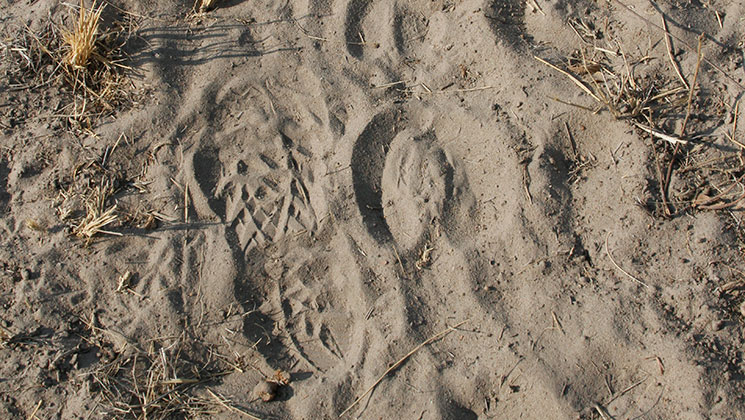
The spoor led us right into a large herd that raised dust and laid tracks all over the single set we were following. The sand was a mosaic of pock marks with little definition, every dimple and hole looking like every other. Continuing was a waste of time. But continue we did.
Two hours, four hours, six. The sleepy, hypnotic “whurk whurk whurk” call of a yellow-billed hornbill dulled my senses, but not Konjimmi’s. Not Werner’s. Suddenly they were pointing. The bull was there and Ken finished it with a single shot from his .375 Ruger Hawkeye.
“Ach, I tell you, these Bushmen are incredible,” Werner said as we positioned the massive antelope for pictures. He never hinted that he, too, had been following those tracks. Perhaps he was picking up tricks of the trade, learning as he observed Konjimmi, much as he had learned under the guidance of his Bushman mentor years before.
But Werner is an incredible tracker in his own right. Our current hunt is proving that.
■■■
“They are slowing here,” Werner says, his voice low. I bend to peer at a track. “Not that one. That is a cow from yesterday. Our bulls are going this way. See how they start to meander?” I do not, but say “umm hmmm” anyway. Soon we are walking again, a tawny eagle soaring overhead in the growing heat, dust rising, the morning songbirds quiet.
And now Werner is down on one knee, spreading the shooting sticks, turning to me, his eyes asking, “Do you see him?” Over his shoulders, impossibly, stands a bull eland the color of the grass and brush beyond. He’s 80 yards away, quartering to us, his chest broad, shoulders muscled. Black, spiral-ridged horns rise above a brushy forehead, almost an afterthought.
There is no math requirement this time. The Blaser settles in the sticks and the Leupold brings the eland four times closer. The crosshair centers on his neck, the rifle bucks, and the bull buckles to his eternal repose. The 300-grain bonded Oryx bullet has shattered his spine.
We are hours loading, skinning and quartering the bull, the heaviest, so Werner says, he’s ever taken. Just how he found it, how he tracked it through that impossible maze of other hoof prints on dry, hard ground I’ll never quite understand. There’s only one explanation: He’s the White Bushman.
